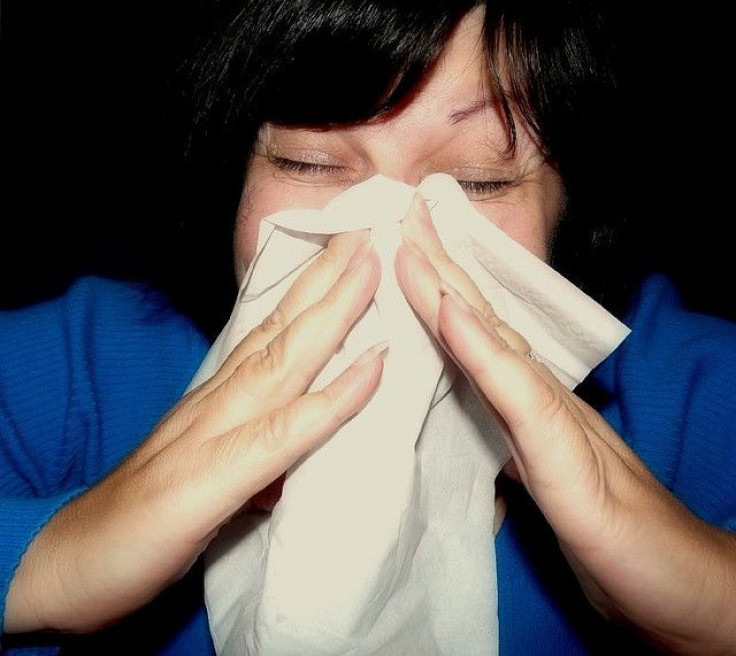Common Virus Raises Type 2 Diabetes Risk

A common viral infection that doesn't cause any symptoms may increase the risk of type 2 diabetes.
There are many risk factors for type 2 diabetes such as when insulin has become ineffective leading to elevated blood sugar levels. These patients have many biomarkers for chronic disease and researchers have found that a common infection predisposes this risk group to type 2 diabetes.
The virus, Cytomegalovirus (CMV), infects people for life and generally remains in a dormant state in the body.
Previous research has shown that people who have been tested positive for CMV are at a higher risk of heart diseases and is independent of other risk factors.
According to Centers for Disease Control and Prevention (CDC), 1 in about 150 children is born with congenital CMV infection of which 1 in 5 will have hearing loss or developmental disability. In most people, CMV doesn't cause any symptoms but some get mild symptoms like fever, sore throat, fatigue and swollen glands. The virus is especially dangerous to people who have a weakened immune system.
For the present study, researchers from Leiden University Medical Centre and University of Tubingen Medical School compared glucose regulation in people who had been infected with CMV in 500 participants of the Leiden 85-plus Study. They found that being infected with CMV was a risk factor for developing diabetes in the elderly. According to the researchers, viral infection stresses the immune system.
The researchers say that the CMV might be either directly targeting the pancreas or indirectly influencing the immune system to attack the pancreas. Future research can determine if CMV is a risk factor for younger individuals as well as the elderly.
"In our study we realized that although CMV seropositivity [a positive test result for an infection ] was associated with type 2 diabetes, higher levels of HnA1c and high non-fasting glucose the actual level of antibodies against CMV was not," said Dr. Andrea Maier, lead researcher of the study.
The study was published in the journal Immunity and Ageing.



























